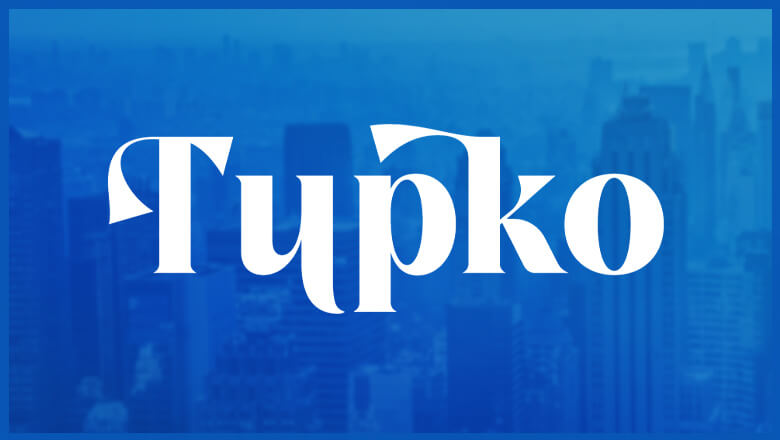
views
Emojis That Symbolize Weed
Herb (????) In this context, this emoji represents the cannabis herb, not the culinary variety found in a spice cabinet.
Leaf fluttering in the wind (????) The direction of the leaf's fluttering motion is open to interpretation, but cannabis enthusiasts often use it as “soaring high.”
Wind (????) The wind or "dash" emoji has evolved to signify not just speed, but also the act of smoking marijuana. Similarly, the weed emoji is frequently used to propose or arrange a joint smoking session.
Broccoli (????) Many have used the broccoli emoji for its resemblance to a cannabis flower.
Maple leaf (????) The maple leaf, long associated with cozy autumn vibes, was also one of the original symbols used to represent cannabis. This connection likely stemmed from the leaf's visual similarity to a marijuana leaf. However, as new cannabis-themed emojis emerged, and many Canadians objected to the maple leaf's drug-related connotation, the symbol's popularity has waned in recent years.
Four-leaf clover (????) The cannabis leaf, a green icon, often appeals to those who refer to marijuana as "clover.”
Pineapple (????) This is a nod to the marijuana plant's distinctive appearance—mostly the dried flowering tops of the plant. Much like the ubiquitous pineapple emoji, the stoner classic film Pineapple Express has also contributed to the pineapple's association with cannabis culture.
Christmas tree (????) The evergreen tree emoji was first used to represent cannabis, due to its connection with the slang term "tree" often used by rappers. However, as cannabis culture evolved, enthusiasts needed a way to differentiate between average weed and the higher quality strains. So the Christmas tree emoji emerged as a symbol for the "good stuff."
Deciduous tree (????) Much like the broccoli emoji, many find that the deciduous tree resembles dried buds of weed.
Potted Plant (????) Weed, also sometimes called “pot,” is a plant, so it’s only natural that some associate the plant in a pot emoji with, well, pot.
Emojis That Symbolize Weed-Related Paraphernalia
The alembic (⚗️) The emoji keyboard’s addition of the alembic, an obscure chemical distillation device, provided the cannabis community with a recognizable bong symbol, which was well-received.
Cigarette (????) The cigarette emoji, though technically representing a tobacco product, serves as a general symbol for the act of smoking. Until a cannabis-specific emoji becomes available, this is the closest visual representation there is.
Emojis That Symbolize Intoxication
Face Exhaling (????????) This emoji, while intended to look like someone letting out a big puff of air, also resembles a face blowing smoke out of its mouth. Many people use this emoji to convey that they are currently smoking, about to smoke, or they’re calling the person they’re talking to a “stoner.”
Face in Clouds (????????️) The clouded face emoji captures the hazy, disoriented feeling that comes after getting stoned.
Relaxed face with wind (????????) When the relaxed, relieved face is combined with the wind emoji, this can often mean someone is high to the point where they feel at ease and content.
Concerned face with fluttering leaves (????????) When someone is stoned, they can feel a bit spacey and out of it, which is what this combination is trying to represent.
Big eyes with fried eggs (????????) In words, this person is trying to convey that they are “fried,” or extremely stoned.
Concerned face with flame (????????) Positioning the concerned emoji alongside the fire emoji can suggest someone is "lit,” or high. Given the common slang of referring to high-quality marijuana as "fire," the fire emoji can also imply the potency or excellence of the product.
What to Do If You Discover Your Child Using Weed Emojis
Figure out the context and search your child’s phone for red flags. Just because you look over and see your child sending Christmas tree emojis during the holiday season doesn’t mean they’re smoking weed. But if you think something is up, go through your child’s phone and look for common red flags of drug use. These include: Other concerning emojis Drug dealers and users have adopted emojis as a covert way to discuss and facilitate the sale of illicit substances on social media. These coded emoji messages can bypass content moderation filters, allowing the trade of drugs to happen discreetly online. If you’re seeing more than just a few of the emojis on this list repeatedly, it could be worth doing some more digging. Messages to an unknown number If your child is exchanging messages with an unfamiliar number, particularly one that has been anonymized, they may be discussing illegal substances. Carefully review the content of these messages for any drug-related terminology, slang, or indications of plans to meet in person. Search history Discovering drug-related search terms in your child's browsing history does not automatically indicate substance abuse. It may simply reflect the natural curiosity of adolescence. Nonetheless, this warrants an open discussion to better understand their interests and provide appropriate guidance.
Talk to your child about your discoveries. Discussing drug-related content on your child's phone can be a challenging conversation, but it's an important one. With the right approach, it can be a productive discussion. Here are some tips to guide you: Trust your gut. You don't need hard evidence that your child is using drugs to start a conversation. If your instinct tells you something is up, it's time for an open discussion. Align with your co-parent. Before talking to your child, have an aligned approach with their other parent or caregiver. Present a united front. Remain calm. When you talk to your child, try your best to stay calm. Reacting emotionally is likely to shut down communication when what you need is open dialogue. Emphasize your goal is to keep them safe. Remember that your love and desire to keep your child safe should anchor the conversation. Make it clear that their wellbeing is your top priority. Try to identify the underlying issue. Understand what may have led your child to the drug-related content. This will help inform your response and approach.
Get help for your child if you believe they are using drugs. After assessing the severity of the problem and identifying its root cause, you can now focus on supporting your child. If your child needs help quitting drugs, Findtreatment.gov or your child's pediatrician can connect you with the necessary resources. If your child is struggling with mental health challenges that have led to substance use, or if they need support for issues related to self-esteem or social-emotional development, the National Alliance on Mental Illness (NAMI) offers a helpline for teens and young adults that can be accessed by phone, text, or online chat. Closely monitoring your child's phone activity can alert you to potential drug involvement. If you uncover any concerning signs, take immediate action to address the issue and ensure your child's wellbeing.
















Comments
0 comment